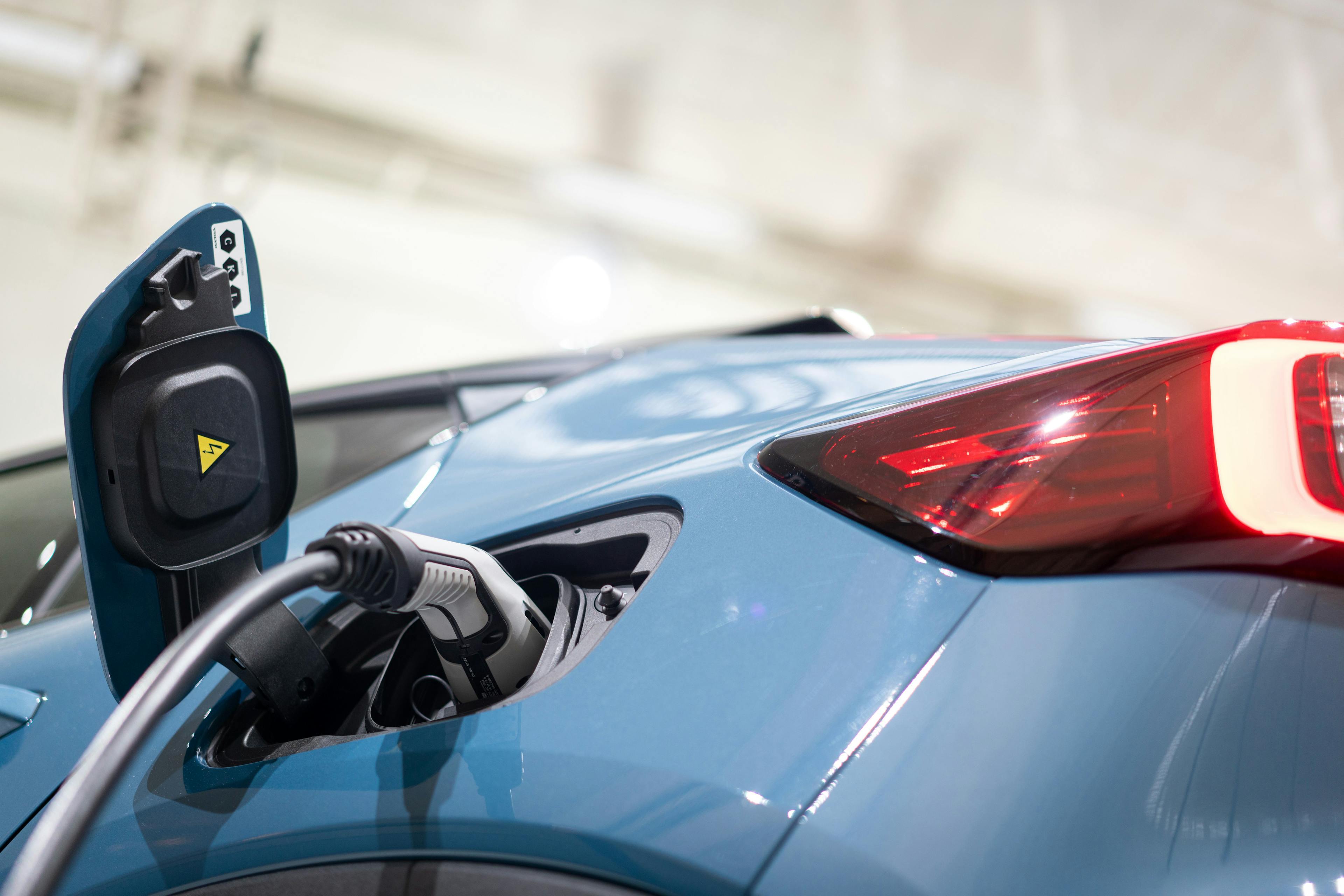The results show that most SSB battery configurations have a lower global warming potential than currently available "chemistry". In particular, a very likely example that uses an oxide electrolyte and NMC-811 cathode has the lowest global warming potential, allowing for a 24% reduction compared to the latest lithium-ion technology. LFP batteries, which are rapidly entering the EV market, have a low GHG impact per kg but perform worse on a per kWh basis due to their lower energy density. Upcoming LFMP cells are more promising in this regard.
Despite the potential for lower GHG impacts, the study also identified bottlenecks related to emissions for different battery technologies, including future chemistry-based technologies. In the case of SSBs, such a hotspot is expected to be the lithium used in the anode together with the active material of the cathode. This is because SSBs will require, on average, 35% more lithium than current lithium-ion chemical technologies.
The second part of Minviro's analysis looked at alternative supply routes for key battery raw materials to better understand which sourcing and processing methods have the potential to significantly reduce the carbon footprint of a battery, in some cases by as much as half.
Regarding lithium, the research found that spodumene and sedimentary clay-based lithium sources, mainly mined in Australia and refined in China, have higher negative impacts compared to other lithium sources due to the additional energy required to mine, prepare, and process lithium. In contrast, lithium extracted from brine and lithium extracted directly from geothermal wells have significantly lower impacts and a solid potential to significantly reduce emissions.
Thus, solid-state batteries can deliver not only improved performance but also significant environmental benefits. However, obtaining these environmental benefits will depend on the sustainability of the battery supply chains and processes used. In the case of nickel, for example, the use of bioleaching reduces kg CO2/kWh by almost 50% compared to the extraction of raw unprocessed iron, a carbon-intensive method currently widely used in China.
Given that Europe has a relatively competitive mix of low-carbon electricity grids and strong technological know-how compared to other continents, SSBs represent a particular opportunity for Europe to become a world leader in battery production. However, as Europe is and will continue to be dependent on imports of raw materials for battery production, it is equally important that low environmental impact raw materials are selected and that their use is appropriately economically incentivized.


